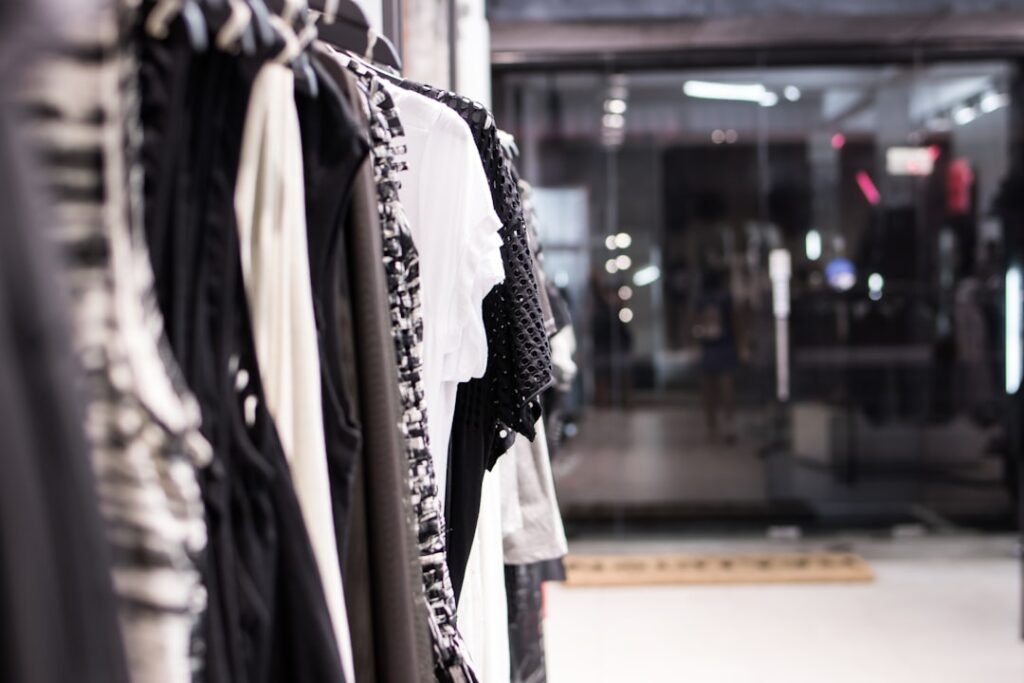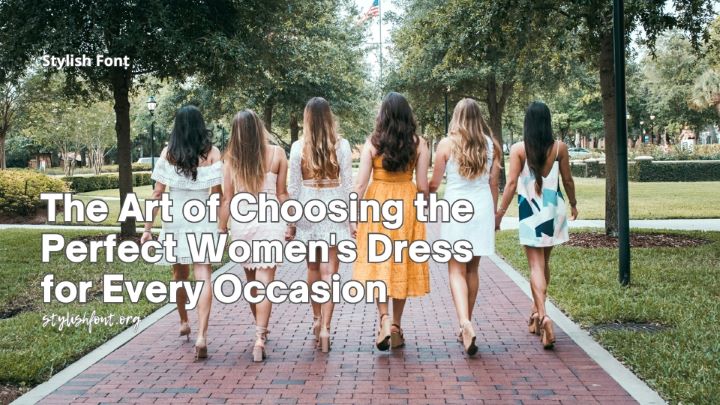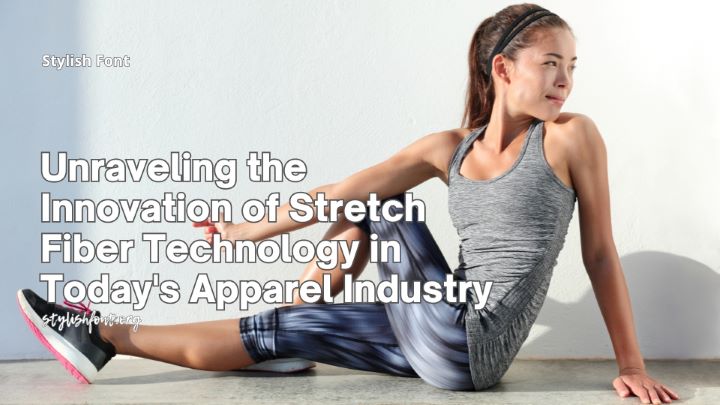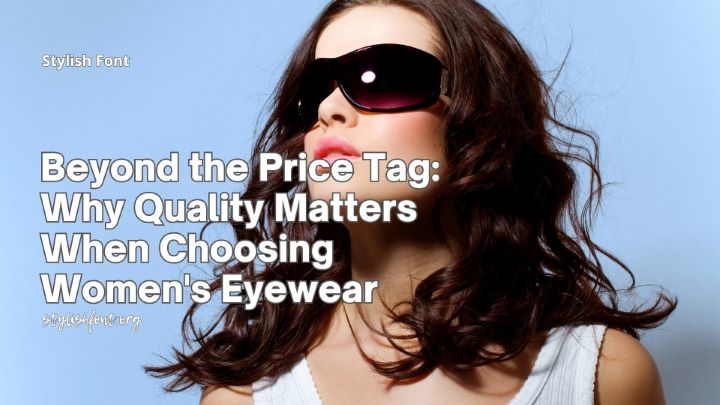In recent years, the fashion industry has witnessed a significant transformation with the rise of renting fashion. This trend has emerged as a response to the growing awareness of sustainability and the desire for consumers to access high-quality garments without the commitment of ownership. The concept of renting clothing is not entirely new; however, it has gained momentum as a viable alternative to traditional retail.
With the proliferation of online platforms and rental services, consumers are now able to enjoy a diverse range of styles and brands at their fingertips, making fashion more accessible than ever before. The shift towards renting fashion can be attributed to several factors, including changing consumer attitudes and the influence of social media. As individuals become more conscious of their environmental footprint, they are increasingly seeking ways to reduce waste and promote sustainable practices.
Renting allows them to enjoy the latest trends without contributing to the fast fashion cycle that often leads to overproduction and landfill waste. Additionally, social media influencers and celebrities have played a pivotal role in popularizing rental services, showcasing how one can wear designer pieces for special occasions without the hefty price tag.
Key Takeaways
- Renting fashion is on the rise as more consumers seek sustainable and cost-effective alternatives to traditional shopping.
- Renting fashion offers benefits such as access to high-end designer pieces, reducing closet clutter, and the ability to experiment with different styles without commitment.
- The rise of renting fashion is changing the industry by promoting a circular economy, reducing waste, and encouraging brands to create more durable and timeless pieces.
- Renting fashion has a positive environmental impact by reducing the demand for new clothing production and decreasing the amount of textile waste in landfills.
- Renting fashion offers convenience by allowing consumers to easily access a wide variety of clothing and accessories without the hassle of purchasing and storing items.
The Benefits of Renting Fashion
Renting fashion offers numerous benefits that appeal to a wide range of consumers. One of the most significant advantages is the opportunity to experiment with personal style without the financial burden of purchasing expensive items. For many, fashion is an expression of individuality, and renting allows individuals to explore different looks and trends without committing to a single wardrobe.
This flexibility encourages creativity and self-expression, enabling renters to curate unique outfits for various occasions. Moreover, renting fashion provides access to high-end designer pieces that may otherwise be financially out of reach. Many rental services offer an extensive selection of luxury brands, allowing consumers to wear garments that they might not be able to afford outright.
This democratization of fashion empowers individuals to feel confident and stylish, regardless of their budget. Additionally, the convenience of renting means that consumers can easily switch up their wardrobe for different events, ensuring they always have something fresh and exciting to wear.
How Renting Fashion is Changing the Industry
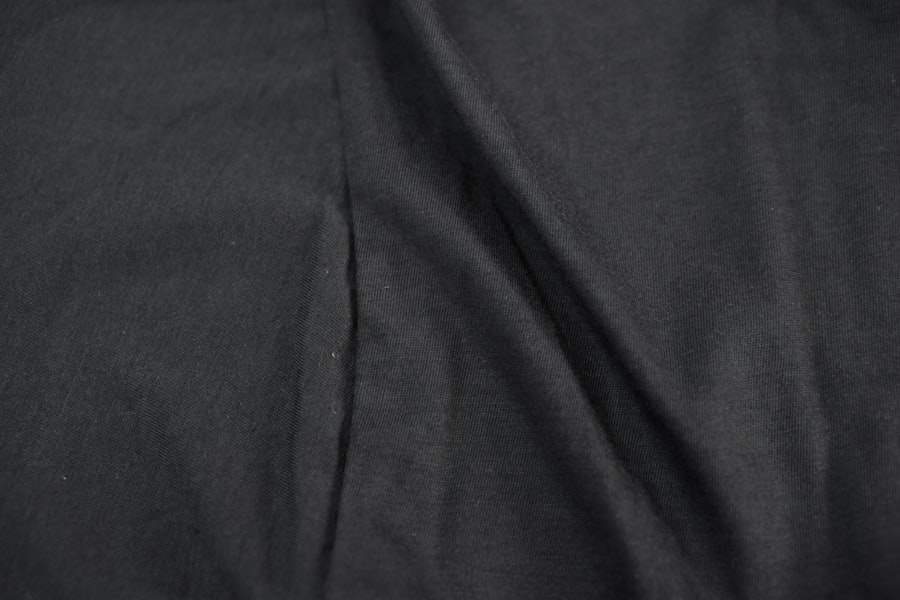
The rise of renting fashion is reshaping the traditional retail landscape in profound ways. As more consumers opt for rental services, brands are beginning to adapt their business models to accommodate this shift. Many established retailers are launching their own rental platforms or partnering with existing services to reach a broader audience.
This evolution signifies a recognition that consumer preferences are changing, and brands must innovate to stay relevant in an increasingly competitive market. Furthermore, the rental model encourages brands to focus on quality over quantity. With an emphasis on durability and timeless design, companies are now more inclined to create pieces that can withstand multiple wears and rentals.
This shift not only benefits consumers but also promotes a more sustainable approach to fashion production. As brands embrace this new paradigm, they are likely to invest in ethical manufacturing practices and materials that align with the values of environmentally conscious consumers.
The Environmental Impact of Renting Fashion
| Environmental Impact Category | Metrics |
|---|---|
| Water Usage | Liters of water used in clothing production |
| Carbon Emissions | Tons of CO2 emitted in the production and transportation of clothing |
| Waste Generation | Amount of textile waste generated from clothing production |
| Chemical Usage | Tons of chemicals used in dyeing and finishing textiles |
One of the most compelling arguments for renting fashion is its potential positive impact on the environment. The fast fashion industry is notorious for its detrimental effects on the planet, contributing to pollution, waste, and resource depletion. By choosing to rent clothing instead of purchasing new items, consumers can significantly reduce their carbon footprint and help combat these issues.
Renting promotes a circular economy where garments are reused and recycled rather than discarded after a single use. Additionally, many rental companies prioritize sustainability in their operations. They often implement eco-friendly practices such as using biodegradable packaging, employing energy-efficient logistics, and partnering with environmentally responsible dry cleaners.
By supporting these businesses, consumers can feel good about their fashion choices while contributing to a more sustainable future. The environmental benefits of renting fashion extend beyond individual choices; they represent a collective movement towards a more responsible approach to consumption.
The Convenience of Renting Fashion
Renting fashion offers unparalleled convenience for busy individuals who may not have the time or inclination to shop for new clothes regularly. With just a few clicks, consumers can browse an extensive selection of garments from the comfort of their homes. This ease of access eliminates the need for time-consuming trips to brick-and-mortar stores, allowing renters to find the perfect outfit for any occasion quickly.
Moreover, many rental services provide flexible subscription models that cater to various lifestyles. Whether someone needs a dress for a wedding or a stylish outfit for a business trip, they can easily select items that suit their needs without the pressure of making a long-term commitment. This convenience extends beyond selection; rental companies often handle logistics such as shipping and returns, making the entire process seamless and hassle-free.
The Cost-Effectiveness of Renting Fashion

For many consumers, cost is a significant factor when it comes to fashion choices. Renting clothing can be a more economical option compared to purchasing new items, especially when it comes to high-end designer pieces. Instead of spending hundreds or even thousands of dollars on a single garment that may only be worn once or twice, individuals can rent similar items for a fraction of the price.
This affordability allows consumers to enjoy luxury fashion without breaking the bank. Additionally, renting eliminates the need for ongoing maintenance costs associated with owning clothing. Consumers no longer have to worry about dry cleaning bills or storage space for seasonal items.
Instead, they can focus on enjoying their wardrobe without the financial burden that often accompanies ownership. This cost-effectiveness makes renting an attractive option for those looking to elevate their style while remaining budget-conscious.
The Quality of Renting Fashion
Contrary to some misconceptions about rental clothing being low quality or worn out, many rental services prioritize offering high-quality garments that meet rigorous standards. These companies often curate their collections from reputable brands known for their craftsmanship and attention to detail. As a result, renters can expect well-made pieces that not only look good but also stand up to multiple wears.
Furthermore, rental companies typically invest in regular maintenance and cleaning processes to ensure that garments remain in excellent condition. This commitment to quality enhances the overall experience for renters, who can feel confident in their choices knowing they are wearing stylish and well-cared-for clothing. The emphasis on quality also aligns with the growing consumer demand for sustainable fashion options that prioritize longevity over fast trends.
The Future of Renting Fashion
As the trend of renting fashion continues to gain traction, its future appears promising. Industry experts predict that rental services will become increasingly mainstream as more consumers recognize the benefits they offer. This shift may lead to further innovations within the sector, including advancements in technology that enhance user experience and streamline operations.
Moreover, as sustainability becomes an even more pressing concern globally, renting fashion is likely to play a crucial role in shaping consumer behavior. Brands may increasingly adopt rental models as part of their strategies to appeal to environmentally conscious shoppers. The future may see a blending of traditional retail with rental services, creating hybrid models that cater to diverse consumer preferences while promoting responsible consumption.
How Renting Fashion is Redefining Personal Style
Renting fashion is not just about accessing clothing; it is also about redefining personal style in exciting ways. With the ability to experiment with various looks without financial constraints, individuals are empowered to step outside their comfort zones and try new trends they may have previously shied away from. This newfound freedom fosters creativity and encourages self-discovery through fashion.
Additionally, renting allows individuals to curate a wardrobe that reflects their evolving tastes and lifestyles. As people transition through different phases in life—be it career changes, social events, or personal growth—they can adapt their style accordingly by renting pieces that resonate with their current identity. This dynamic approach to fashion enables individuals to express themselves authentically while embracing change.
The Role of Technology in Renting Fashion
Technology plays a pivotal role in facilitating the growth of renting fashion by enhancing accessibility and user experience. Online platforms have revolutionized how consumers browse and select garments, allowing them to filter options based on size, style, occasion, and even brand preferences. This level of customization ensures that renters can find exactly what they are looking for with minimal effort.
Moreover, advancements in technology have enabled rental companies to streamline logistics and inventory management effectively. Sophisticated algorithms can predict demand trends and optimize stock levels accordingly, ensuring that popular items are readily available for renters. Additionally, virtual fitting rooms and augmented reality features allow consumers to visualize how garments will look on them before making a selection, further enhancing the overall experience.
The Social and Cultural Impact of Renting Fashion
The rise of renting fashion has significant social and cultural implications that extend beyond individual consumer choices. As more people embrace this model, it fosters a sense of community among renters who share similar values regarding sustainability and style experimentation. Online platforms often create spaces for users to connect, share outfit inspiration, and discuss their experiences with various rental services.
Culturally, renting fashion challenges traditional notions of ownership and consumerism by promoting a mindset centered around sharing and collaboration. This shift encourages individuals to rethink their relationship with clothing and consider how their choices impact both themselves and the environment. As renting becomes more normalized within society, it has the potential to reshape cultural attitudes towards consumption and inspire future generations to prioritize sustainability in their fashion choices.
In conclusion, the rise of renting fashion represents a significant shift in consumer behavior and industry practices. With its numerous benefits—including convenience, cost-effectiveness, quality assurance, and positive environmental impact—renting is redefining how individuals approach personal style while promoting sustainable consumption patterns. As technology continues to advance and societal attitudes evolve, renting fashion is poised for continued growth and innovation in the years ahead.
FAQs
What is rental fashion?
Rental fashion refers to the practice of renting clothing and accessories for a specific period of time, rather than purchasing them outright. This allows individuals to access a wider variety of fashion items without the commitment of ownership.
How does rental fashion work?
Rental fashion typically involves signing up for a subscription or membership with a rental service, selecting items from their inventory, and paying a rental fee for the chosen items. The items are then shipped to the customer, who can wear them for a designated period before returning them.
What are the benefits of rental fashion?
Rental fashion offers several benefits, including access to high-end designer items at a fraction of the cost, reducing the environmental impact of fast fashion, and the ability to constantly refresh one’s wardrobe without accumulating a large number of items.
Are there any drawbacks to rental fashion?
Some potential drawbacks of rental fashion include the risk of damage to rented items, the limitations on customization and alterations, and the ongoing cost of renting items versus the one-time cost of purchasing.
What types of clothing and accessories can be rented through rental fashion services?
Rental fashion services typically offer a wide range of clothing items, including dresses, tops, bottoms, outerwear, and accessories such as handbags, jewelry, and shoes. Some services also offer specialized items like maternity wear and formal attire.

